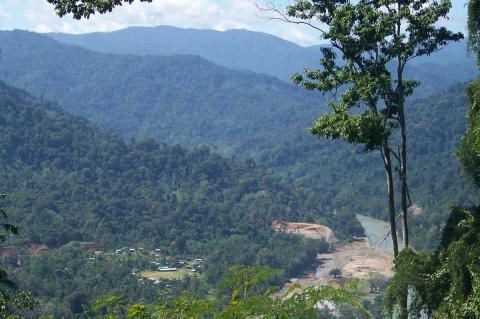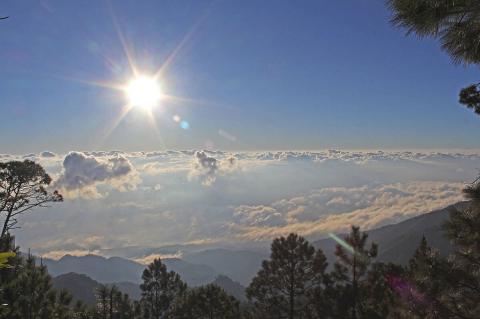Honduras: Cultural Landscape
Honduras boasts a rich and diverse cultural landscape shaped by its indigenous roots, colonial history, African heritage, and contemporary expressions. The country's cultural heritage is a fascinating blend of various traditions, customs, and beliefs that have evolved over centuries. The ancient traditions and customs of the indigenous people, such as the Maya and Lenca, have been preserved and passed down through generations.
















